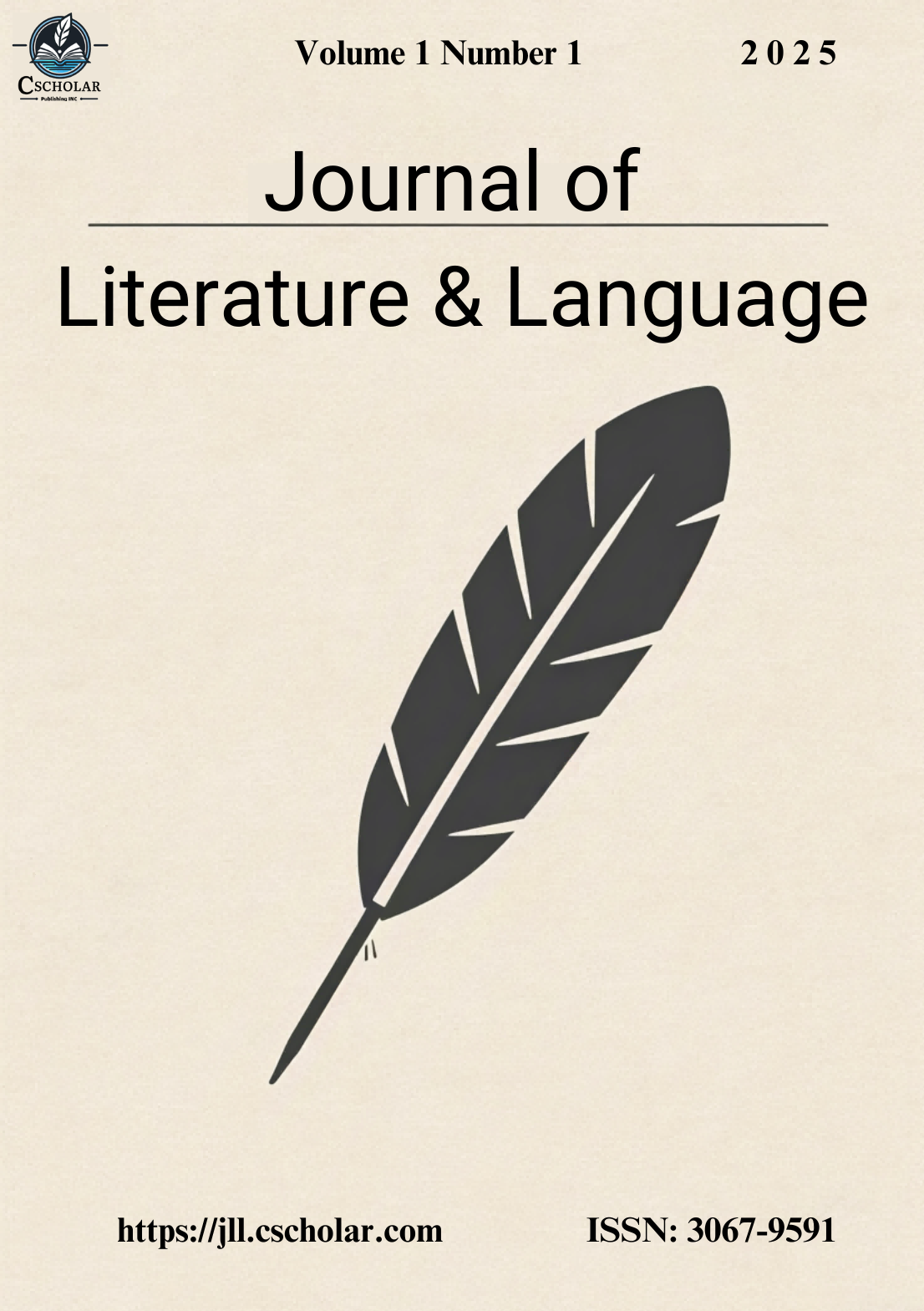An Analysis of the Beauty in The Awakening
DOI:
https://doi.org/10.71204/9xtrt664Keywords:
Beauty, Musicality, Art, The Narrative of Death, The AwakeningAbstract
In 1899, Kate Chopin's novel The Awakening was published, marking the culmination of her ideological and artistic development. However, its controversial themes surrounding female independence and sexuality led to its banning and Chopin's subsequent exclusion from the literary community, culminating in her obscurity and death five years later. Rediscovered in the 1950s and 1960s, the novel has since become a cornerstone of feminist literature, with its protagonist Edna emerging as an icon of female empowerment, challenging traditional marriage and societal norms in pursuit of self-actualization. This paper examines the multifaceted aesthetic dimensions of The Awakening, focusing on three key aspects: musicality, art, and the narrative of death. By analyzing how Chopin integrates these elements into her narrative, this study reveals how the novel transcends its historical context to offer profound insights into the human condition. The results highlight Chopin's innovative use of literary techniques to convey complex emotions and existential themes, ultimately reaffirming The Awakening's significance as a pioneering work in feminist literature and modernist fiction. The conclusions drawn emphasize the enduring relevance of Chopin's exploration of female consciousness and the interplay between art, beauty, and mortality. Through the lenses of literary aesthetics, this study provides a structured analysis of how Chopin's work resonates deeply with contemporary audiences, inviting reflection on the timeless quest for freedom, identity, and the enduring power of art.
References
Bonner, T. (1975). Kate Chopin's European Consciousness. American Literary Realism,
8(3), 281-284.
Camastra, N. (2008). Venerable Sonority in Kate Chopin's" The Awakening". American Literary Realism, 40(2), 154-166..
Chopin, K. (2011). The Awakening. Harper Press.
Dyer, J. C. (1983). Epiphanies Through Nature in the Stories of Kate Chopin. University of Dayton Review, 16(3), 12.
Gentry, D. S. (2006). The Art of Dying: Suicide in the Works of Kate Chopin and Sylvia Plath (Vol. 56). Peter Lang.
Gilbert, S. M., & Gubar, S. (2020). The madwoman in the attic: The woman writer and the nineteenth-century literary imagination. Yale University Press.
Gu, H. L. (2002). The Construction and Deconstruction of Female Subjectivity in The Awakening. Journal of Sichuan International Studies University, 18(1), 54-56.
Jin, L. (2004). Women in Literature and Women's Literature. Foreign Language Teaching and Research Press.
Miller, J. H. (2003). Reading Narrative. Peking University Press.
Mou, X. (2011). Kate Chopin's Narrative Techniques and Separate Space in The Awakening. The Southern Literary Journal, 44(1), 103-120.
Pizer, D. (2001). A Note on Kate Chopin's The Awakening as Naturalistic Fiction. The Southern Literary Journal, 33(2), 5-13.
Ringe, D. A. (1972). Romantic Imagery in Kate Chopin's The Awakening. American Literature, 43(4), 580-588.
Showalter, E. (1999). A literature of their own: British women novelists from Brontë to Lessing. Princeton University Press.
Sun, S. Z. (2011). The Split Personality and Illusory Dreams—On the Bildungsroman of Awakening Women in The Awakening. Foreign Literature, (2), 89-96.
Tas, M. R. (2011 ). Kate Chopin's The Awakening in the light of Freud's structural model of the psyche. The Journal of International Social Research. 4(19), 413-418.
Wang, H. (2011). On the Aesthetic Realm of Tranquility in The Awakening. Foreign Literature, (3), 108-113.
Woolf, V. (2019). A Room of One's Own. Foreign Language Teaching and Research Press.
Downloads
Published
Issue
Section
License
Copyright (c) 2025 Journal of Literature & Language

This work is licensed under a Creative Commons Attribution 4.0 International License.





